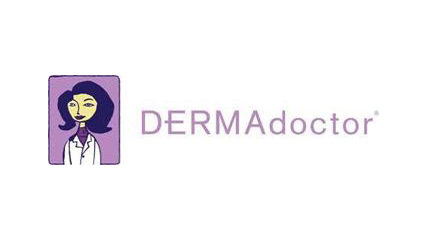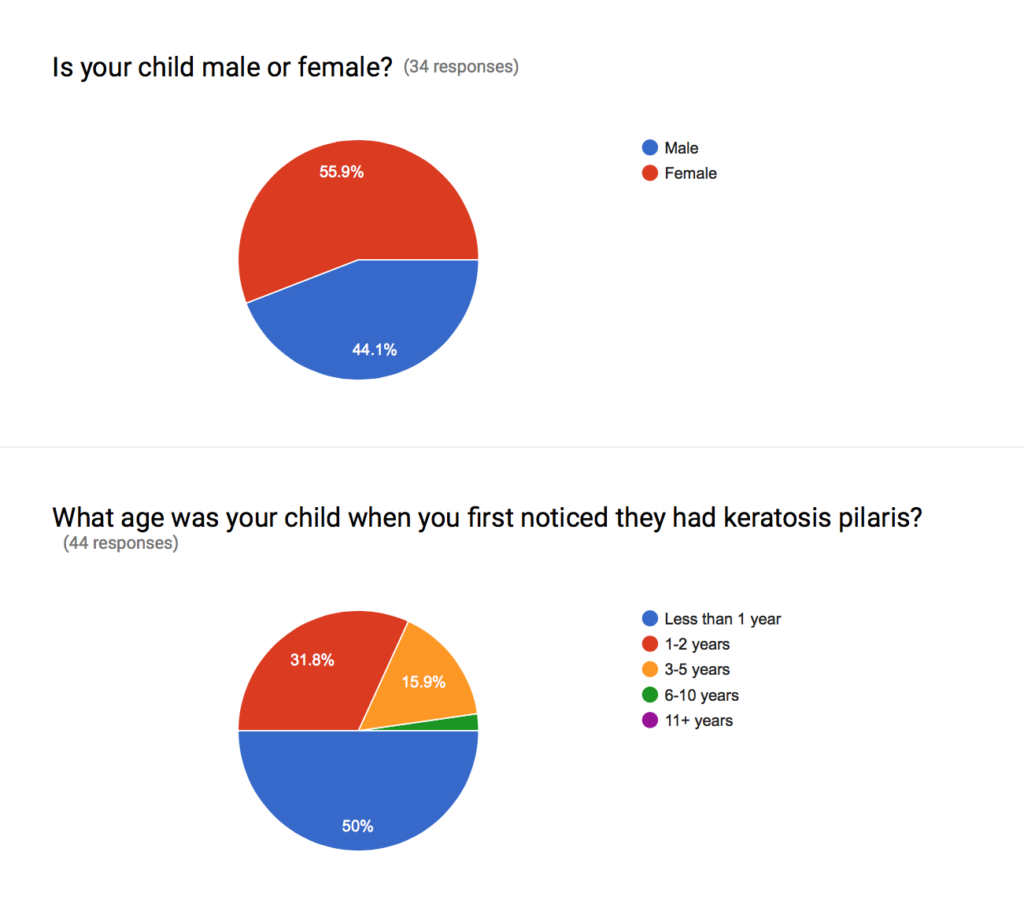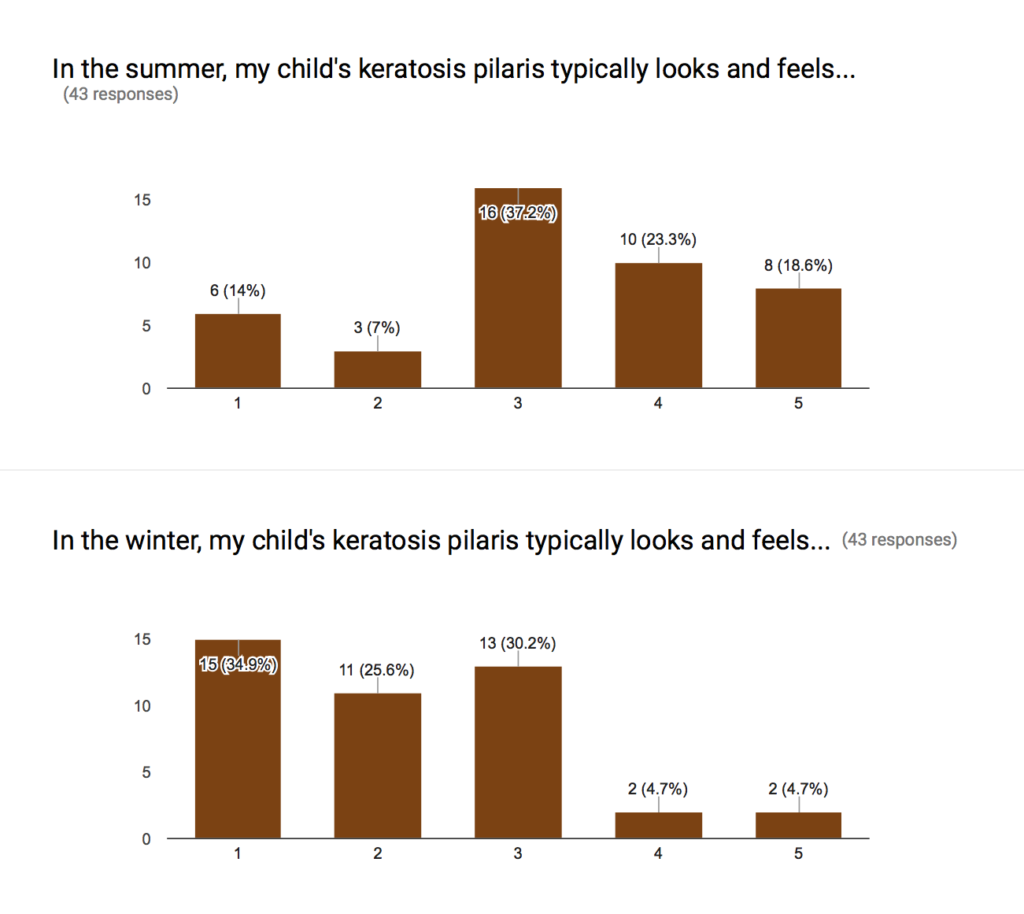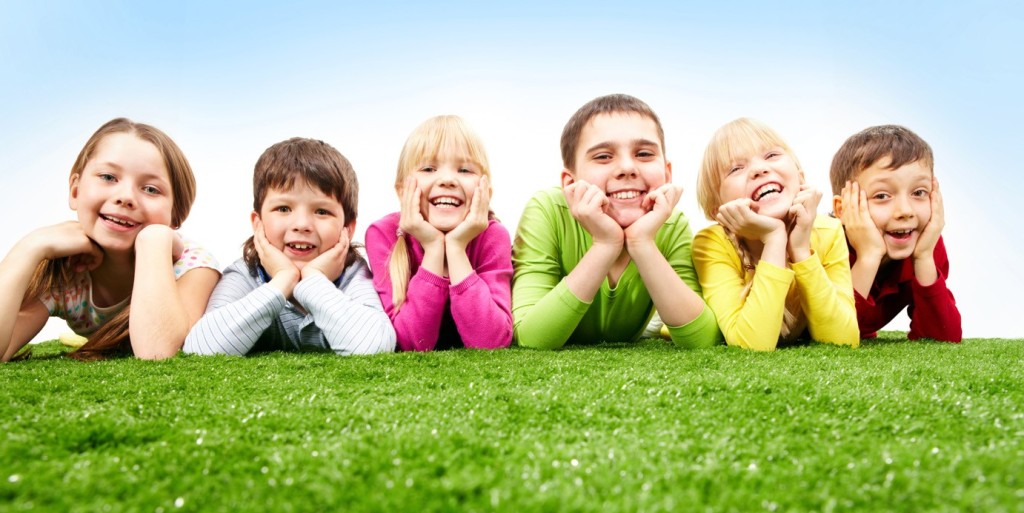Our busy teenagers become more independent from year to year, and teaching them how to manage the health of their skin on their own becomes very important during these years. With hormonal changes, diet variations and sports activities, your teen with keratosis pilaris may find that their KP will flare up or make them self-conscious about their skin.
So how do you teach teens the basics of good skin care at this age? Show them the steps help them establish a solid skin care routine, and remind them often. Show them the best products and tools to use and how to use them effectively to look and feel their best.
RELATED: The Top Keratosis Pilaris Products Purchased by Parents in 2017
The teenage years are often filled with increasing body awareness, self-reflection and self-doubt. By enabling our teens to care for their sensitive skin, we can help them become more confident in their appearance during these self-conscious years. The more our teenagers can do for themselves, and the more they know about taking good care of their sensitive skin, the more independent and confident they feel about their skin and bodies.

Recommended Products for Teens with Keratosis Pilaris
We’ve tested many products for keratosis pilaris through the years, and have discussed many of them in our Facebook group, the KP Collective (come join for free!). We have come across a few favorites, through trial and error, that may help your teenager care for their keratosis pilaris.
These are some of our favorite brands for treating keratosis pilaris, eczema and dry skin in teens…
Top 5 Gentle Skin Scrubs & Exfoliators for Teens with Keratosis Pilaris
- Konjac Bath Sponges – For Face & Body (small but effective, great to keep in every shower in the house)
- Billy Jealousy LiquidSand Gentle Exfoliating Facial Cleanser (super gentle, love this one!)
- Clarisonic Mia 2 Sonic Facial Cleansing Brush (a must-have in every teenager’s bathroom)
- Buf-Puf Reusable Facial Sponge, Extra Gentle (great for a quick face wash and perfect for travel bags)
- KP Elements Body Scrub – Keratosis Pilaris Treatment (an effective chemical exfoliant and scrub in one)
KPKids Favorite: Billy Jealousy LiquidSand Gentle Exfoliating Facial Cleanser
Top 5 Hydrating Skin Lotions & Creams for Teens with Keratosis Pilaris
- CeraVe SA Renewing Skin Lotion (our hands-down favorite)
- AmLactin Alpha-Hydroxy Therapy Moisturizing Body Lotion for Dry Skin (gentle enough for every day)
- Eucerin Intensive Repair Very Dry Skin Lotion (great for all-over body moisturizing before bedtime)
- Lilah James Natural Rejuvenating KP Cream (recently popular and feels great)
- DERMAdoctor KP Duty AHA Moisturizing Therapy for Dry Skin (well-known KP brand for years)
KPKids Favorite: CeraVe SA Renewing Skin Lotion
RELATED: How a Humidifier can Help your Child’s Dry Skin
We want to hear from you!
Come visit our private Facebook group, the KP Collective, and tell us what’s working for you and your family as you treat your child’s keratosis pilaris. Connect with hundreds of other parents from across the globe, share ideas and get tips for caring for you child’s keratosis pilaris. Together, we’ll find something that WORKS.




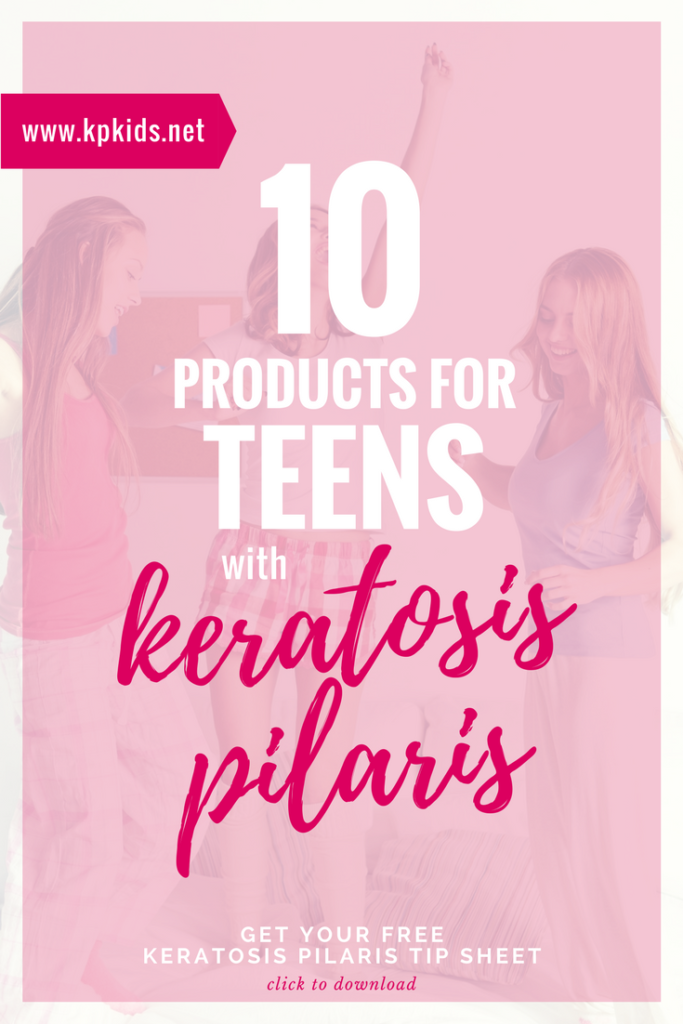




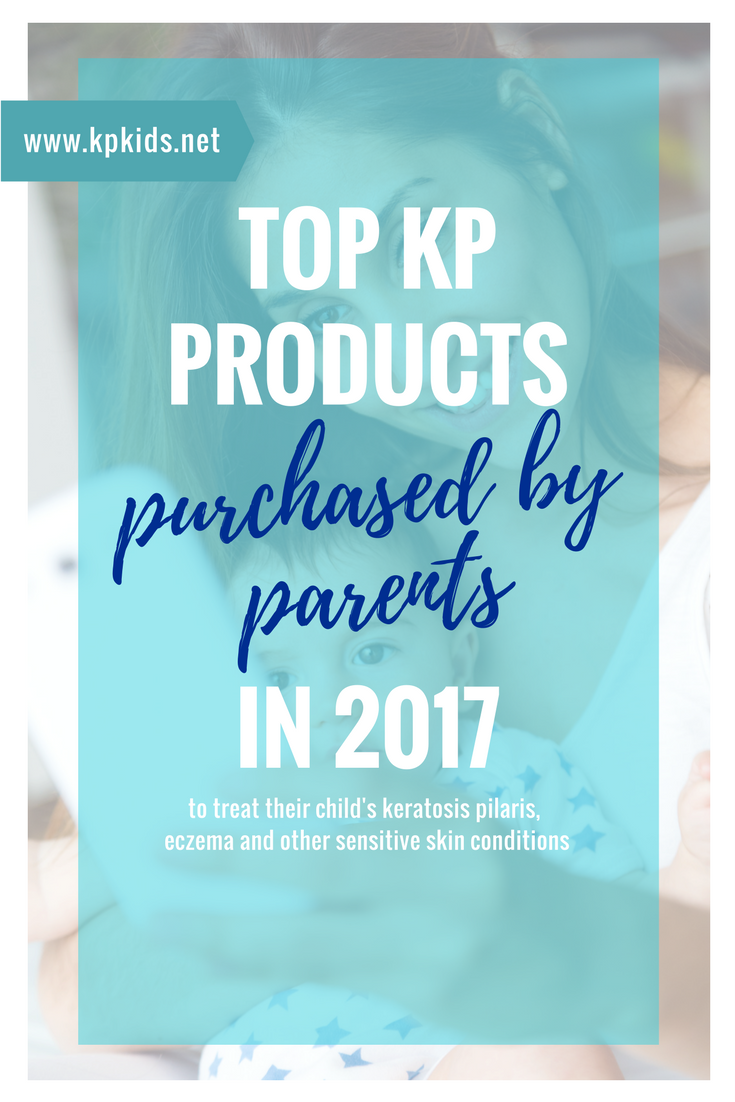





 Another cause of dry skin can be the temperature of your shower or bath. It’s well-known that hot water can pull essential moisture from your skin. Just ask any mom who has just washed a sink-full of dishes how dry and prune-like her hands feel. Opt for shorter showers and warm, but not hot, baths to minimize the moisture loss of your already sensitive skin (especially true for those with
Another cause of dry skin can be the temperature of your shower or bath. It’s well-known that hot water can pull essential moisture from your skin. Just ask any mom who has just washed a sink-full of dishes how dry and prune-like her hands feel. Opt for shorter showers and warm, but not hot, baths to minimize the moisture loss of your already sensitive skin (especially true for those with  The first step in preventing your healthy skin from becoming overly dry is to exfoliate your skin regularly. Begin with a gentle scrub once a week to remove dead skin cells. Our newest favorite scrub for sensitive skin and keratosis pilaris is
The first step in preventing your healthy skin from becoming overly dry is to exfoliate your skin regularly. Begin with a gentle scrub once a week to remove dead skin cells. Our newest favorite scrub for sensitive skin and keratosis pilaris is  The best times to moisturize your dry skin are immediately after bathing and before bedtime. These are both ideal times to lock in those essential natural skin oils and nutrients that your sensitive skin is craving to be replenished.
The best times to moisturize your dry skin are immediately after bathing and before bedtime. These are both ideal times to lock in those essential natural skin oils and nutrients that your sensitive skin is craving to be replenished. As your body’s largest organ, your skin needs water. Strive to drink at least half of your body weight in ounces of water each day (if not more). Buy a
As your body’s largest organ, your skin needs water. Strive to drink at least half of your body weight in ounces of water each day (if not more). Buy a  It is important to know when your skin is more than just unusually dry or perhaps showing signs of another serious skin condition. The most common signs of extremely dry skin are tightening of the skin, loss of elasticity and flaking or peeling.
It is important to know when your skin is more than just unusually dry or perhaps showing signs of another serious skin condition. The most common signs of extremely dry skin are tightening of the skin, loss of elasticity and flaking or peeling.